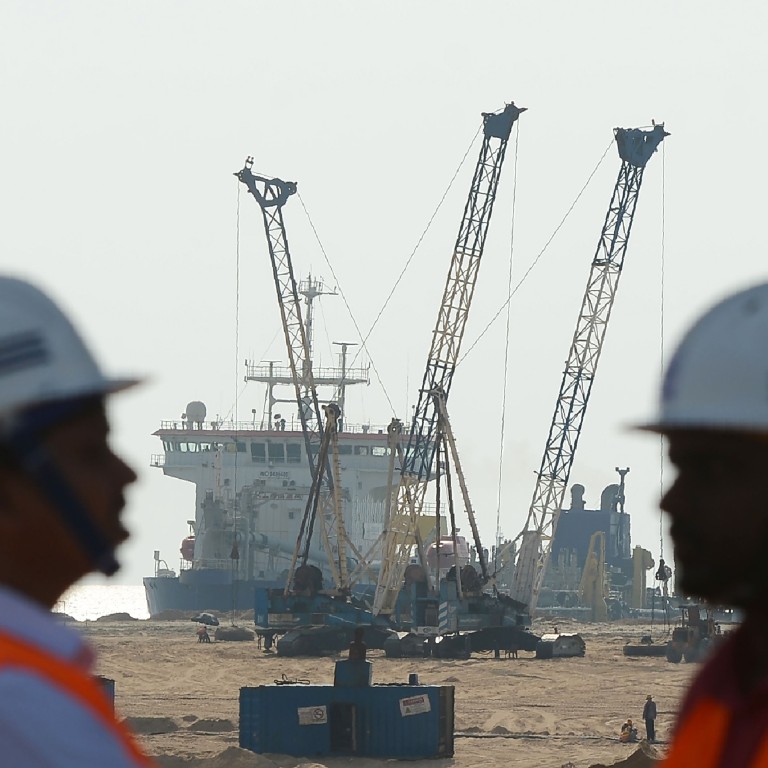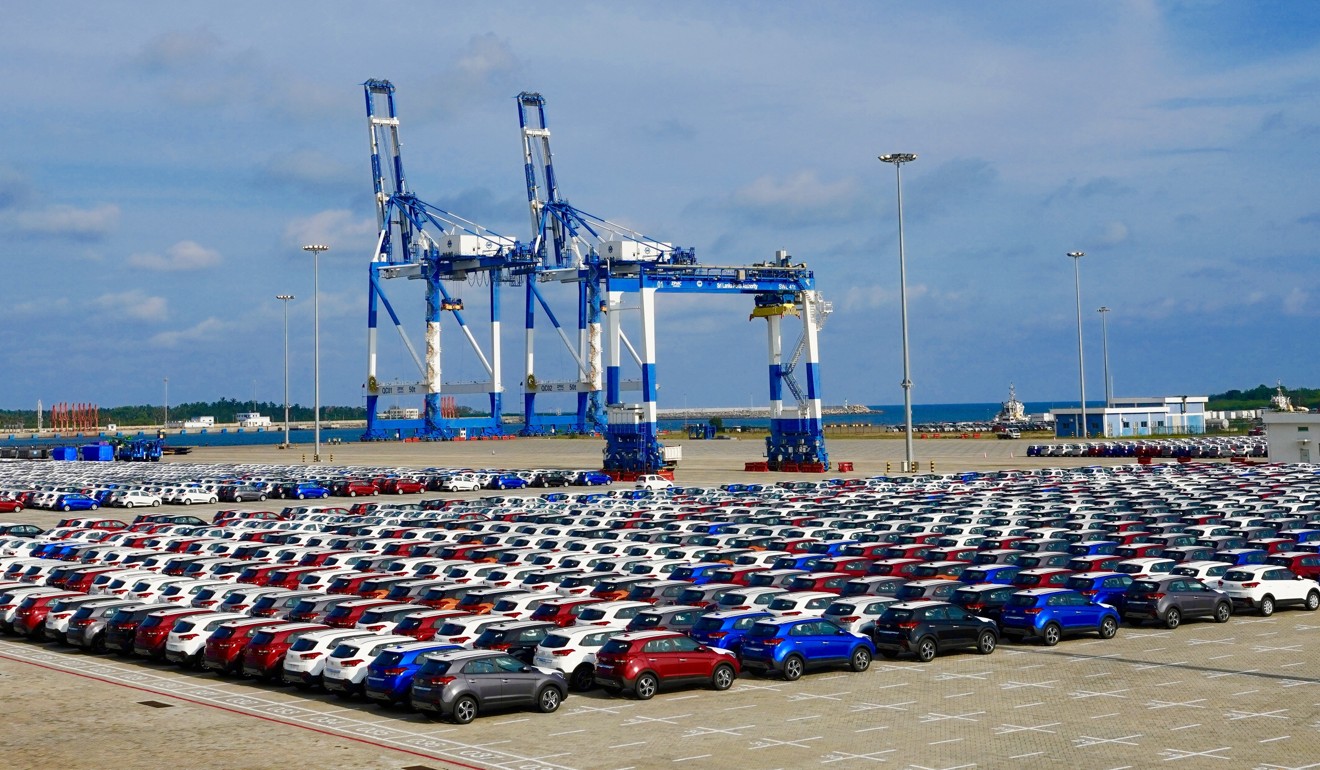
Analysis | Did Japan and India just launch a counter to China’s Belt and Road?
- India and Japan are to help Sri Lanka develop Colombo Port – prompting speculation of a challenge to Beijing’s signature infrastructure programme
- Is it just a case of two countries throwing their hat into the ring – or part of a deeper challenge to Chinese influence in the region?

Japan and India have both said that the project should not been seen as a counter to the Belt and Road, but some sceptics have a hard time believing this – especially given China is also funding development projects at the Colombo Port. Others suggest the project is better seen as an example of Japan and India throwing their hat into the infrastructure ring, rather than an outright challenge.
After all, the port is not the only example of India-Japan collaboration on infrastructure. The two countries are also partnering in setting up a diesel power plant in the Andaman and Nicobar Islands. These islands, along with some parts of Northeast India, were the only parts of India which were under the control of the Japanese during the second world war, so there is a certain symbolism involved.
COMMON INTERESTS
There are various reasons why tie-ups such as these between India and Japan make sense at this juncture.

They won’t be short of talking points when it comes to areas where India and Japan could help each other out. For instance, while the new Indian government sees job-creation as a big issue, Japanese investment could help set up new industries and create more and newer jobs. In return, Japan with its ageing population could make good use of India’s huge pool of trained manpower.
SEA CHANGE
Next Hambantota? Welcome to the Chinese-funded Port City Colombo
The sail-through takes on added weight in light of Japan’s “Free and Open Indo-Pacific Vision” and India’s “Act-East Policy” – another maritime interest the two countries share.
For Japan, India is an important part of its vision for the Indo-Pacific, where Tokyo has deployed its helicopter-carrier JS Izumo and the destroyer JS Murasame. Abe has long talked up the need for strong ties in Indo-Pacific – as far back as 2007 he gave a landmark speech in the Indian Parliament titled “Confluence of the Two Seas”.
WHAT NEXT?

They have already shown signs of strengthening defence cooperation, with the two countries working towards a logistics sharing agreement that would help foster interoperability between their defence forces. India has already signed a similar treaty with the US, known as LEMOA (Logistics Exchange Memorandum of Agreement).
Such moves are significant given New Delhi’s previous eagerness to be seen as non-aligned. Under Modi, it seems, India is becoming multi-aligned.
Modi-Xi summit seen as sign of bonhomie but also strategic ambitions
Which brings us back to the recent joint investment in Sri Lanka. It may be too early to tell conclusively whether the move is a serious attempt to counter the Belt and Road and Chinese influence or if it is simply a case of the countries throwing their hats into the infrastructure ring.
For now, we will have to wait and see if Tokyo and New Delhi try the same formula elsewhere.
Rupakjyoti Borah is with the Institute of South Asian Studies at the National University of Singapore. This is his personal analysis

